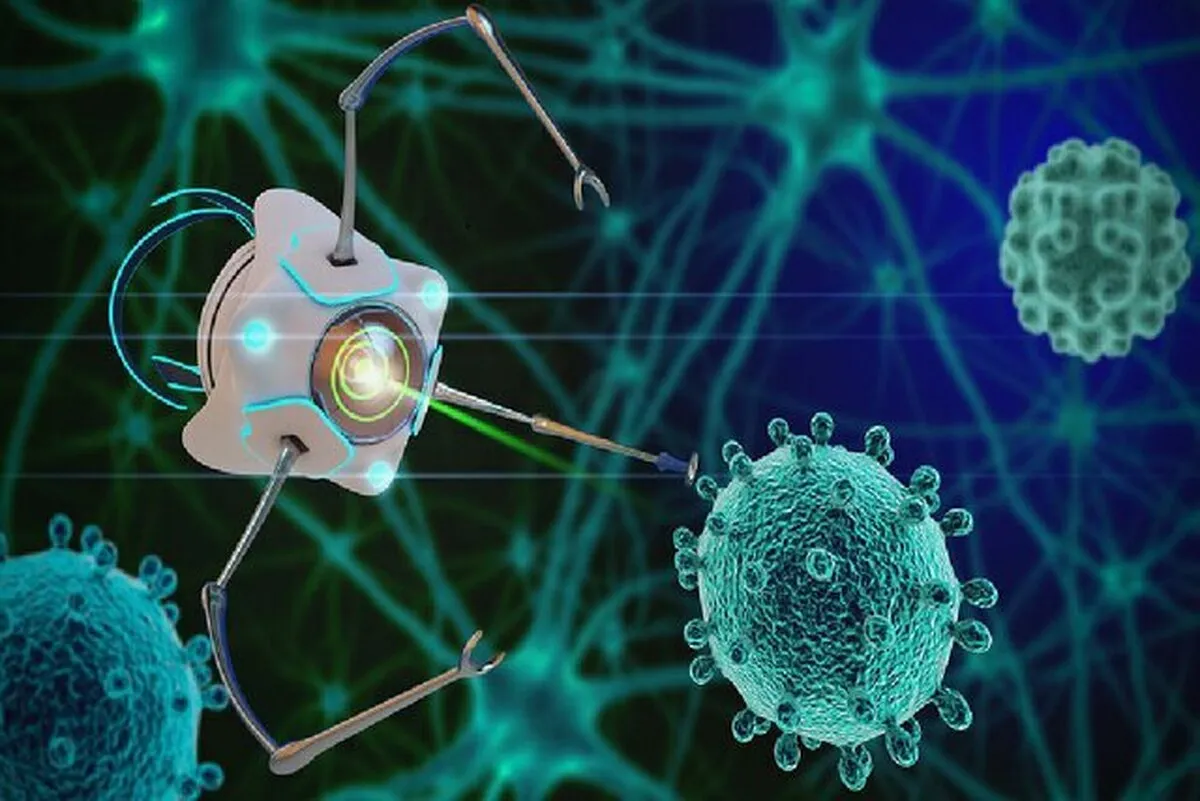Iranian Researcher Offers New Method to Stabilize Anti-Cancer Drugs via Using Nanotechnology

“The stabilization of molecules and biomolecules on the surface allows the design and construction of new chemical and biochemical systems. Among these specialized applications of this technique, we can mention the design and construction of new and advanced systems in the targeted technology of drug delivery, especially anticancer drugs,” said Fatemeh Yaqoubi, a post-doctoral researcher in analytical chemistry who conducted the project "Immobalizaiton of Anti-cancer Drugs Doxorubicin and Pemetrexed and Glutamine Targeting Agent on Gold Surface: Preparation, Physical and Chemical Characterization and Studying the Interaction of the Resulting Nanostructures with Cancer Cells" at Isfahan University with the supervision of Reza Karimi Shorodani and the support of the Iran National Science Foundation (INSF), according to a report by the Iranian Vice Presidency for Science and Technology and Knowledge-Based Economy.
“Nanotechnology has opened new ways to prepare, develop and transport efficient and effective anticancer drugs. For that, so far, various types of multi-agent systems based on polymers, mesoporous structures, magnetic compounds and gold have been used to stabilize and deliver drugs in treatment process. Different compositions have been used, while drug resistance is a major challenge in cancer treatment,” she added.
“Lots of efforts have been made to overcome drug resistance challenge. Doxorubicin and pemetrexed are among the anticancer drugs that have attracted attention in the world. Our purpose in this research was to first stabilize glutamine as a targeting agent on the surface of gold, then describe and survey the physicochemical behavior of the resulting nanostructures,” the Isfahan University researcher continued.
“In the next step in the research, the targeted surface was used to immobilize anticancer drugs through covalent interactions, and the resulting nanostructures containing the targeting agent and anticancer drugs were also investigated and studied in terms of stability and for obtaining basic information,” she continued.
“The findings of this research can be useful and effective in the production of know-how for the preparation of targeted combined therapeutic diagnostic nanostructures and create clear horizons in the synthesis of targeted nanostructures for the delivery of anticancer drugs at the international level,” Yaqoubi went to say about the results of her research.
4155/i





















